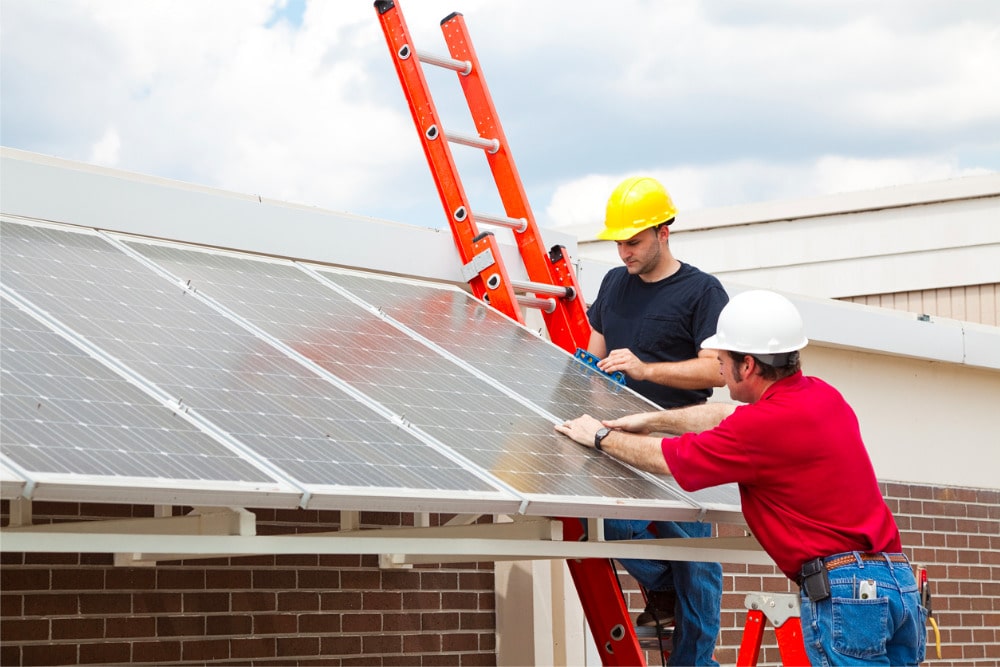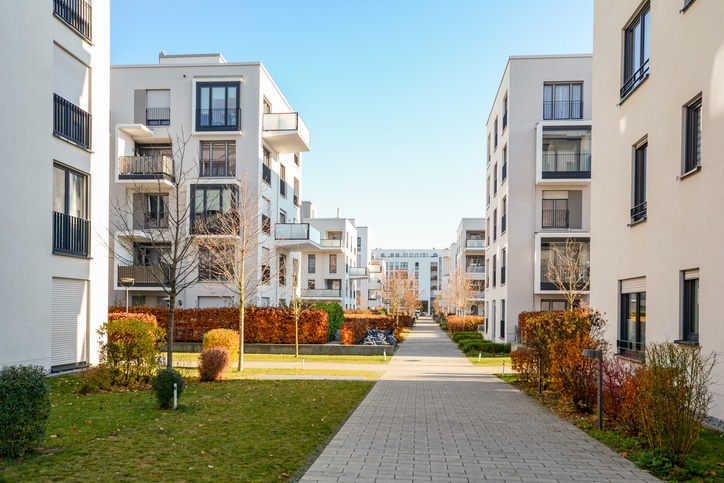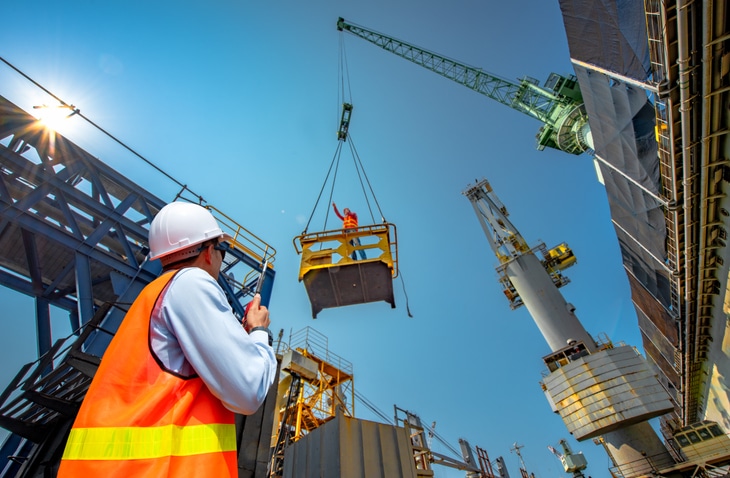On December 20, 2019, a new spending bill with tax extenders was signed and with tax season upon us, people in industries that benefit from these extensions look forward to taking advantage of energy credits that were thought to no longer be available.
In the Omnibus Appropriations Bill H.R.1865 (H.R. 1865), tax provisions include an extension of both the 179D Energy-Efficient Commercial Buildings Deduction and the 45L Energy-Efficient Home Credit.
Both of these provisions had originally expired at the end of 2017, but have now been extended through December 31st, 2020.
Under this bill, the deduction is retroactively extended for tax years 2018, 2019 and 2020. This means that qualified buildings placed in service in 2018, and 2019 can receive the deduction.
45L Energy-Efficient Home Credit
The 45L credit provides eligible builders and contractors with a $2,000 tax credit for each energy-efficient living space that is built or renovated, if they meet the required 50% reduction in heating and cooling energy consumption.
To receive this tax credit, the eligible contractor must obtain certification from an eligible certifier before claiming the credit with respect to the dwelling unit.
An eligible certifier is not related to the eligible contractor and has been accredited by the Residential Energy Services Network (RESNET) or an equivalent rating network.
The certifier conducts computer modeling and on-site testing, and prepares a certification package with a declaration that under penalties of perjury the certifier believes that the facts presented in the certification are true, correct and complete. Source: law.cornell.edu
179D Energy-Efficient Building Deduction
179D, or the Energy-Efficient Building Deduction, enables building owners to claim a tax deduction for installing qualifying systems and buildings of up to $1.80/sf.
In order to qualify for the maximum deduction of $1.80/sf, the systems installed must reduce the building’s total energy and power cost by 50% or more in comparison to a building that meets the minimum requirements set by ASHRAE Standard 90.1-2001 (for buildings and systems placed in service before January 1, 2016) or 90.1-2007 (for buildings and systems placed in service before January 1, 2017). Alternatively, building components can qualify individually or in combination at $0.60/sf each based on lighting, HVAC and the building envelope. Source: energy.gov
This deduction was first enacted as a temporary measure under the Energy Policy Act of 2005 and was extended until it expired at the end of 2017 until now.
When it comes to government-owned buildings and properties, the deduction is transferable to the person or company responsible for the energy-efficient design.
This means that architecture and engineering firms that design these energy-efficient government-owned buildings, can usually have the deduction transferred to them.
Another benefit is that the design firm does not have a depreciable basis and, as a result, the deduction becomes a permanent tax savings.
It is important to know that additional steps are required to transfer the deduction. These include getting an allocation letter from the owner and following the process to file for the deduction – something that is easier said than done.
If you feel that your firm’s clients or business could benefit from the deduction or credit offered by this extension and want to know if your clients or your company qualifies, contact the experts at Tri-Merit.
We will be there from beginning to end to help advise you and prepare the appropriate documentation for filing for the valuable deduction or credit.



